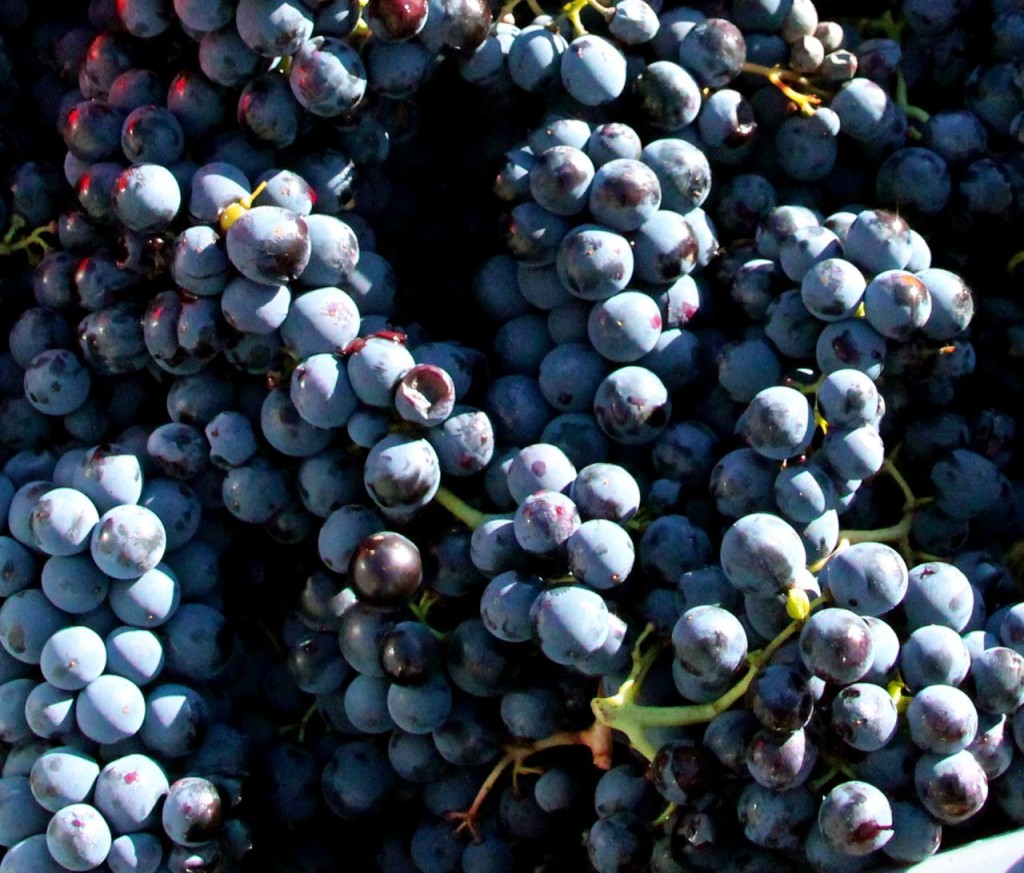
Wine is to France, as pasta is to Italy, as paprika is to Hungary, and as hockey is to Canada. Everyone drinks wine. In France, I am reminded at every meal out, it is cheaper than water, as I pay for 2.40€ perrier and my husband’s 2.00€ rosé.
The Harvest in the Languedoc region of southern France is more than tradition; it is a way of life. Generations live and work the land; their love, sweat and tears go in to their wine.
Since moving to Capestang, Alfonz and I have become accustomed to the sight of row after row of grapevines, so much so that after a while, like the beautiful mountains of British Columbia, they become the background that you take for granted.
Each fall, the harvest trucks barrel down the streets of Capestang, make their way from vineyard to cave cooperative or winemakers cellar to prepare the grapes for wine. They finish off by hosting their giant harvesting machines at the local washing station next to the Canal du Midi. The smell of which hits my nose as I walk by.
It may be a rite of passage or something people who move here feel a need to do, yet most folks in these parts participate in grape harvest at least once.
Alfonz and I joined in the Carignan harvest at Domaine Lou Cayla on a glorious Sunday. Juliet and Simon invited our children to come as well. The smaller crop took less time than the weeks before, and after the kids swam on our last run of Indian summer days. In Hungary this weather phase it called an ‘old lady summer’, when the warm weather creeps into fall, and it is not too hot during the day and evenings for the old ladies to come out of their houses. The warm glowing low light was perfect to capture the wine harvest at its best.
What is Carignan? It is a red Spanish/French wine grape variety, that is almost black in colour. They are sweet to taste, with a hardy acidic skin and the grape generally produces high yields and is mostly used in blends.
A single vine can live over 100 years, taken care of by a family for generations and are usually changed out between 40-50 years. They start producing good grapes after a decade. On most domain’s you see a section changed out in a staggered formation to never lose a crop. When they pull the vines, the next harvest is usually something else; sunflowers, wheat etc; to replenish the soil of minerals and nutrition before planting new vines.
Perhaps they use natural pesticides and other treatments to protect the grapevines from insects; nevertheless, they keep a close eye on their crops. The roots can reach for water 50-100 metres deep, so no need to water. France is known for good water sources, and this region has a high water level.
In the late summer/ early fall it is harvest time for their ripe grapes. Now what?
First, Juliet, Master of Wine, teaches our group how to separate the grapes, leaving only the finest quality fruit for their Carignan wine. With clippers in hand, we make our way through hundreds of grapevines to harvest the ripened red globes, and gently place them in buckets.
After each carload full, Juliet drives the grapes back to their house where Simon is in charge of de-stemming the fruit from the vine in their de-stemming machine. It is back breaking work, left to the strongest.
It took a dozen people three hours to harvest their Carignan grape. We made our way back to their home to share in a feast. Sitting in the afternoon sun, we enjoy the wine from last years harvest as the children ran around their home. Our stained hands are proof of our day’s accomplishment.
After we leave, the work is not done. Next, the winemakers place the grapes in giant vats.
Juliet adds yeast. It ferments all the sugar to dryness, which usually takes 2 to 3 weeks. Then they press and it rests in the tank (or barrel) for a few months until bottling in the summer.
The juice from the grape turns to wine under the natural process of the yeast, which changes the sugar of the fruit to alcohol.
Once the wine reaches a certain alcohol level, Juliet and Simon separate the pulp and skin from the juice by raking and sifting.
Next, they add tiny amounts of sulphur as a preservative before bottling.
Lastly, you taste.
Some people age their wine for years, changing the original flavour. Imagine, while in the bottle it still breaks down the elements and can change the aroma, mouthfeel and taste, which is even more appealing to the taster.
It was a pleasure to be part of this year’s harvest of the Carignan grapes at Domain Lou Cayla. I cannot wait to sample and buy the wine from the crop we picked.
Domaine Lou Cayla www.loucayla.com still has 2012 Lou Cayla Syrah Carignan red for sale at 7€/ bottle.
Thank-you so much Juliet and Simon from Domain Lou Cayla!
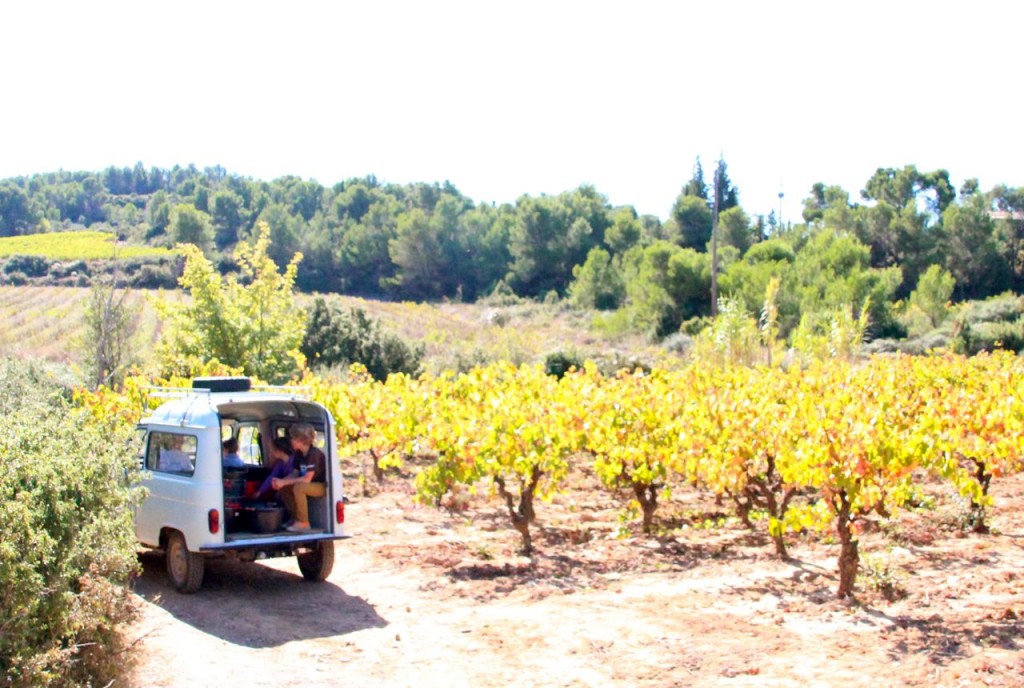
Harvest Wheels
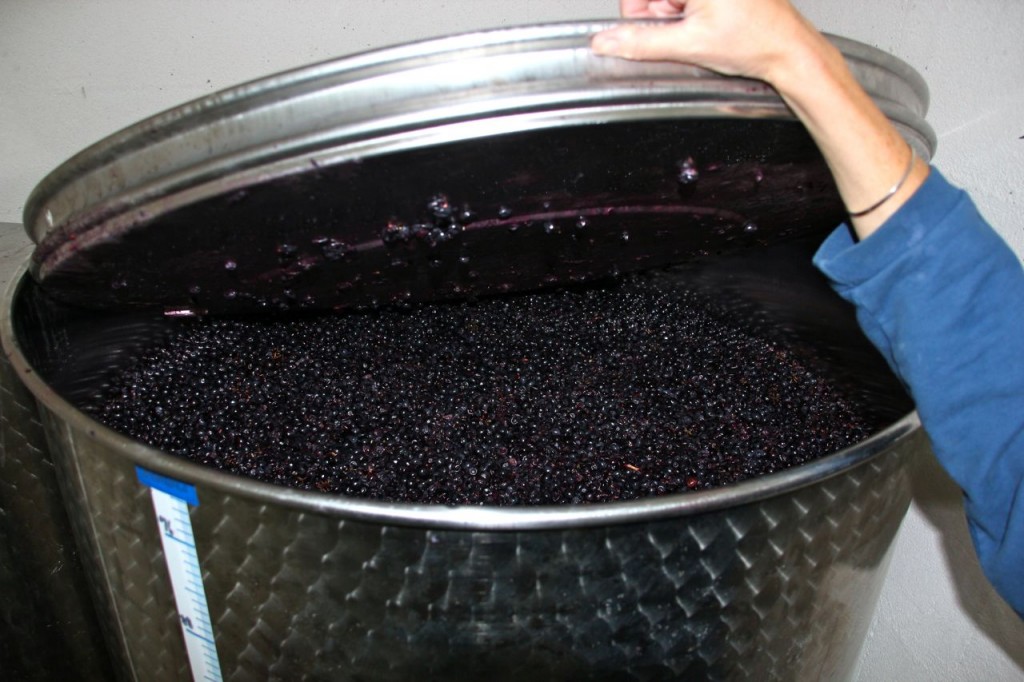
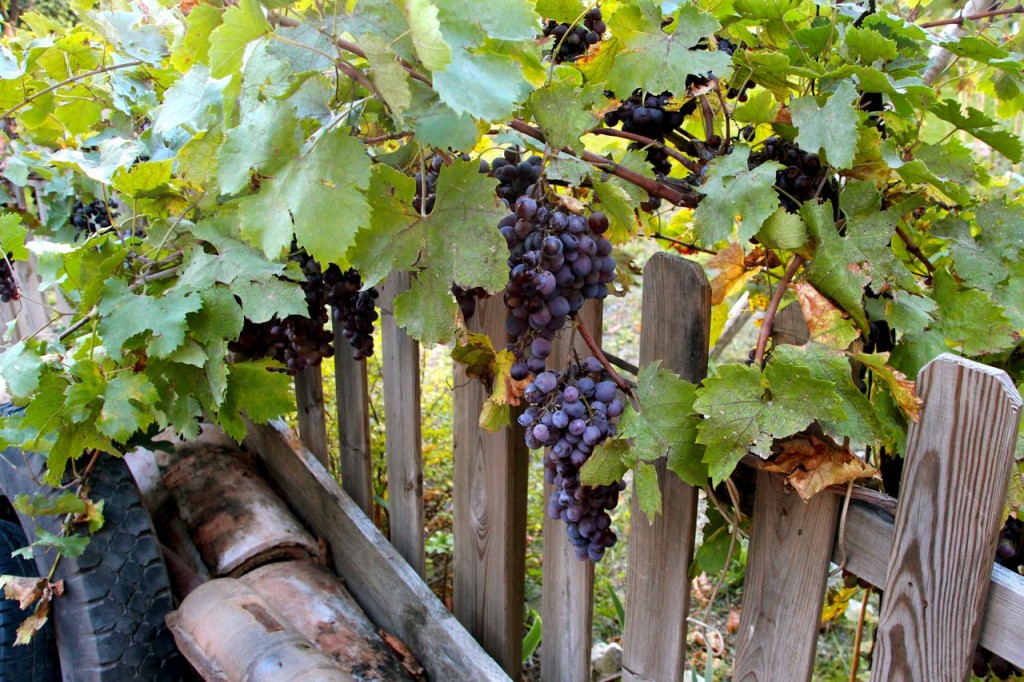
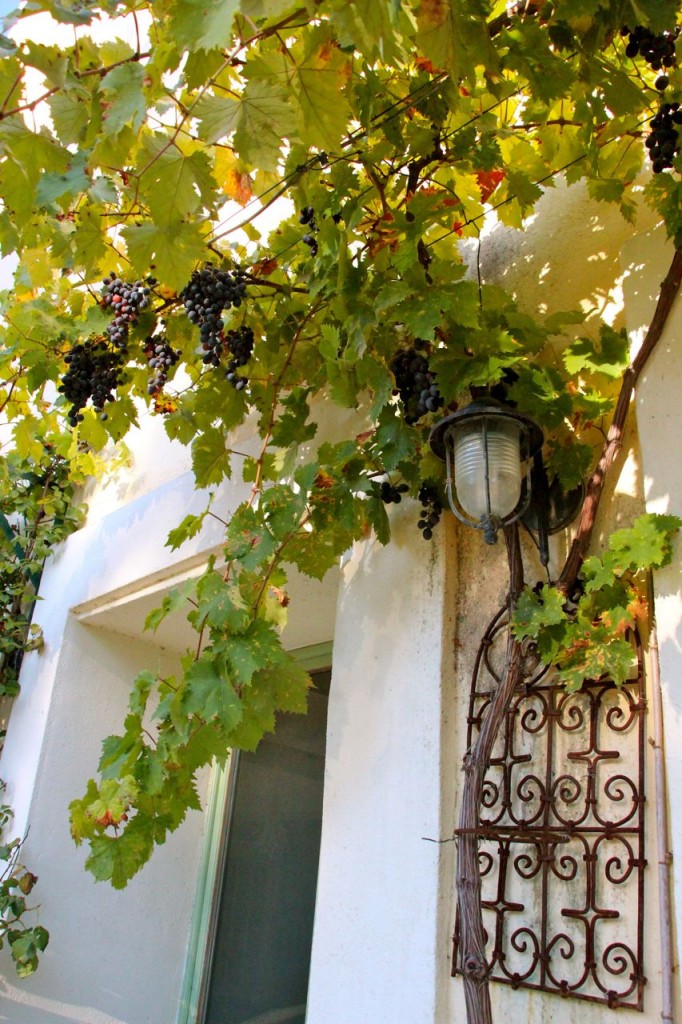
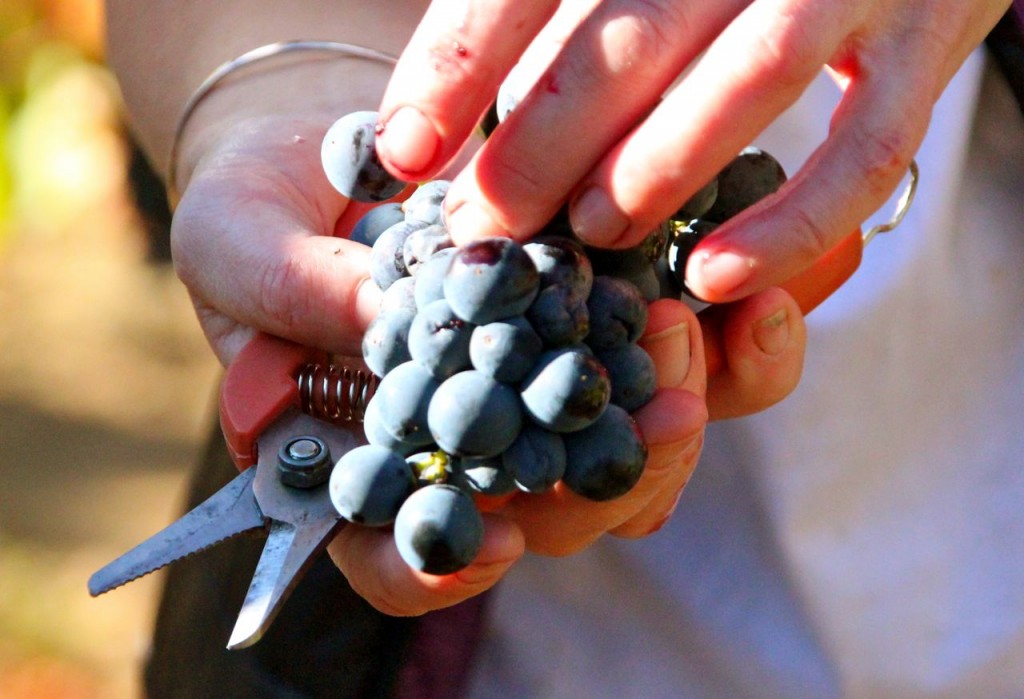
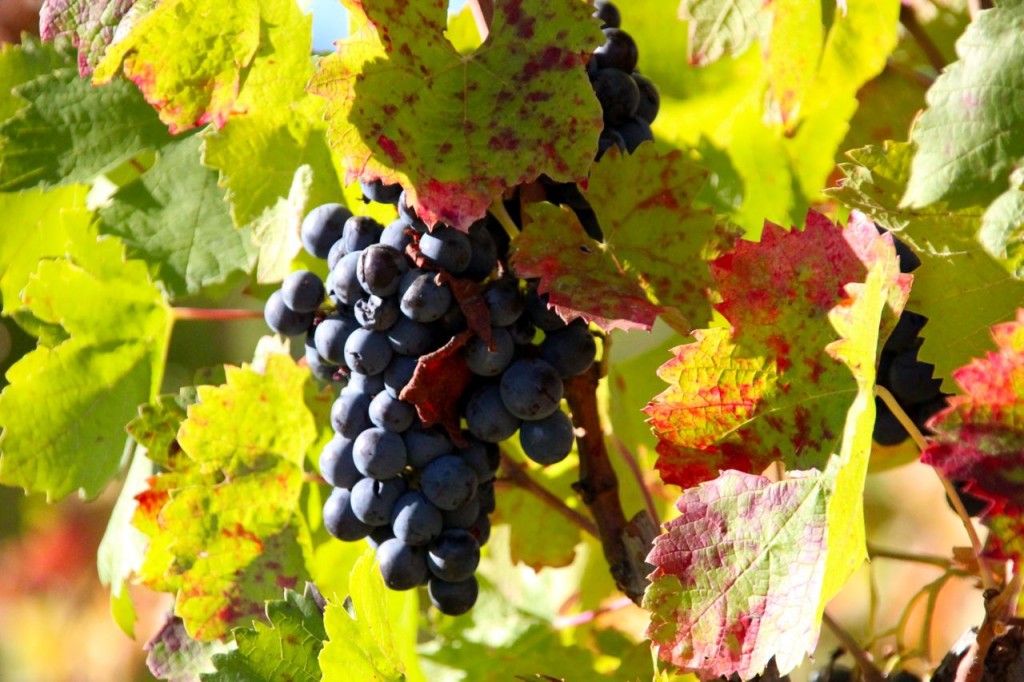
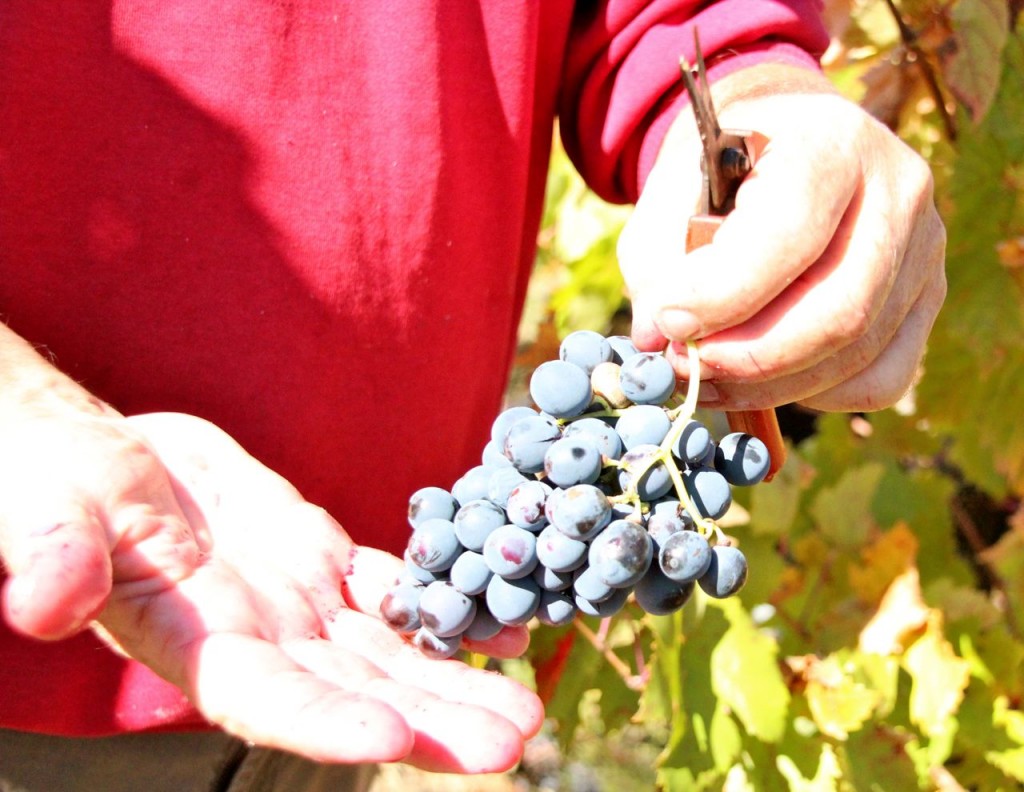
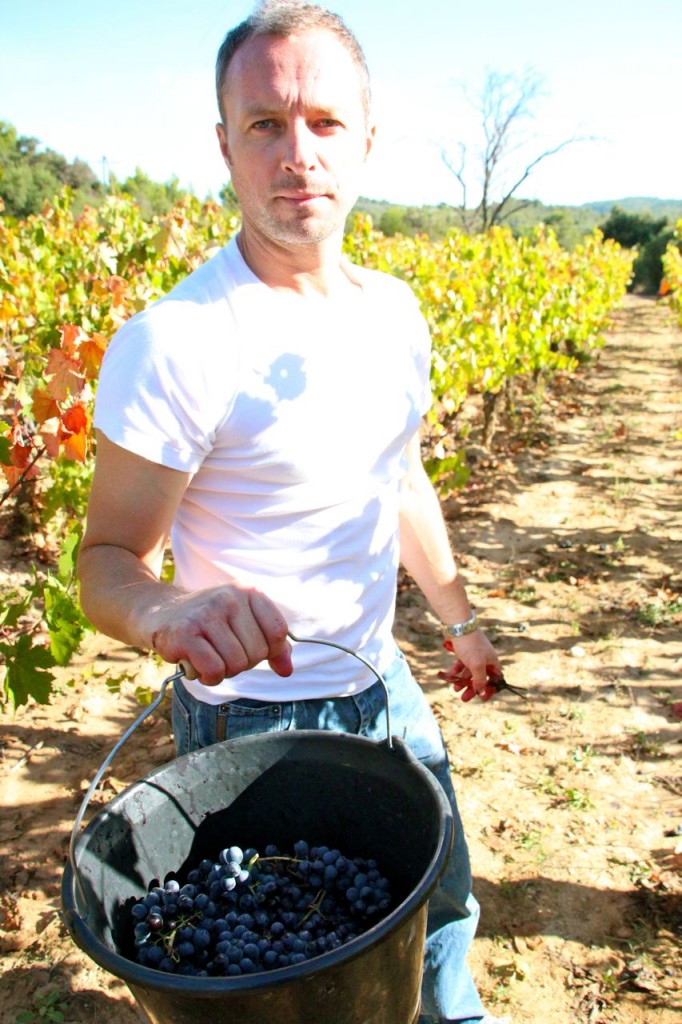
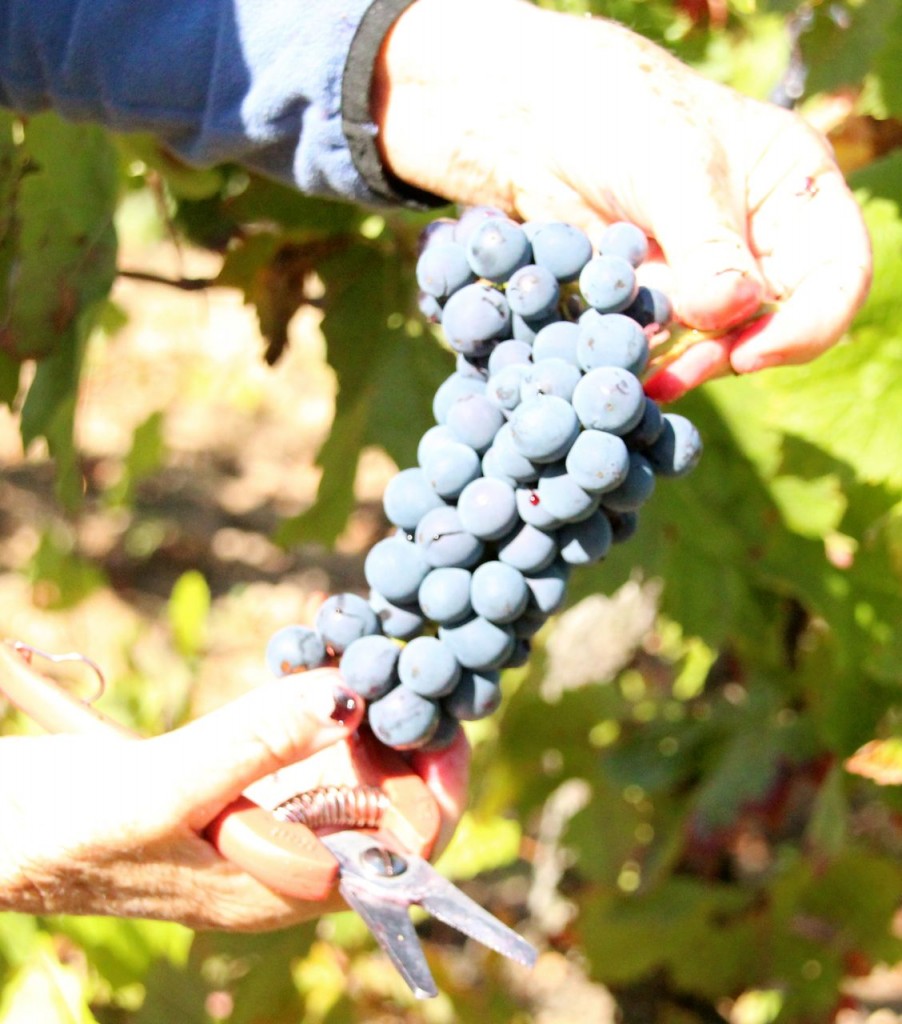
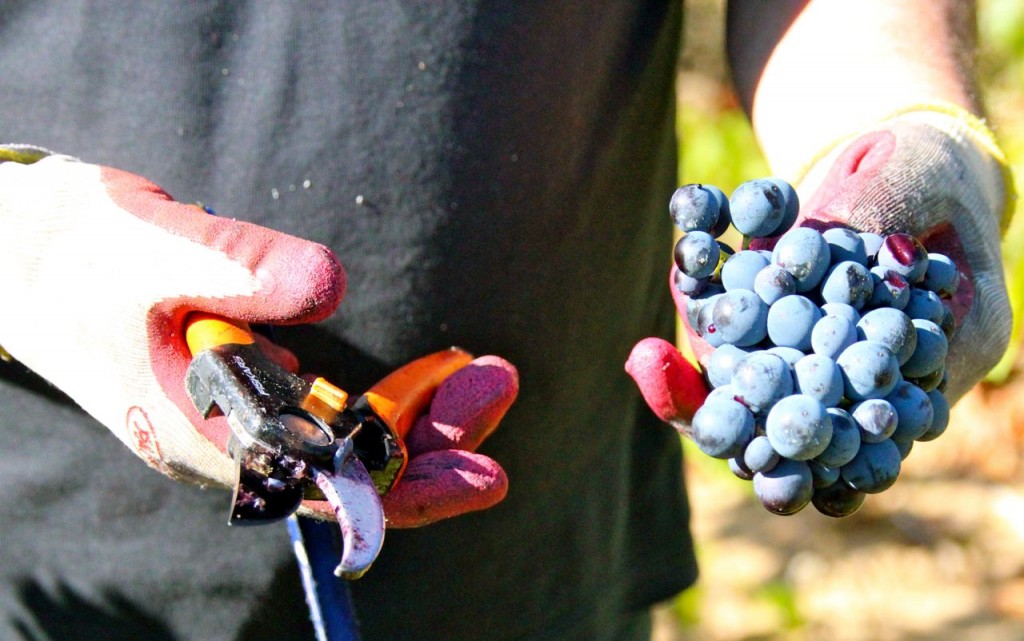
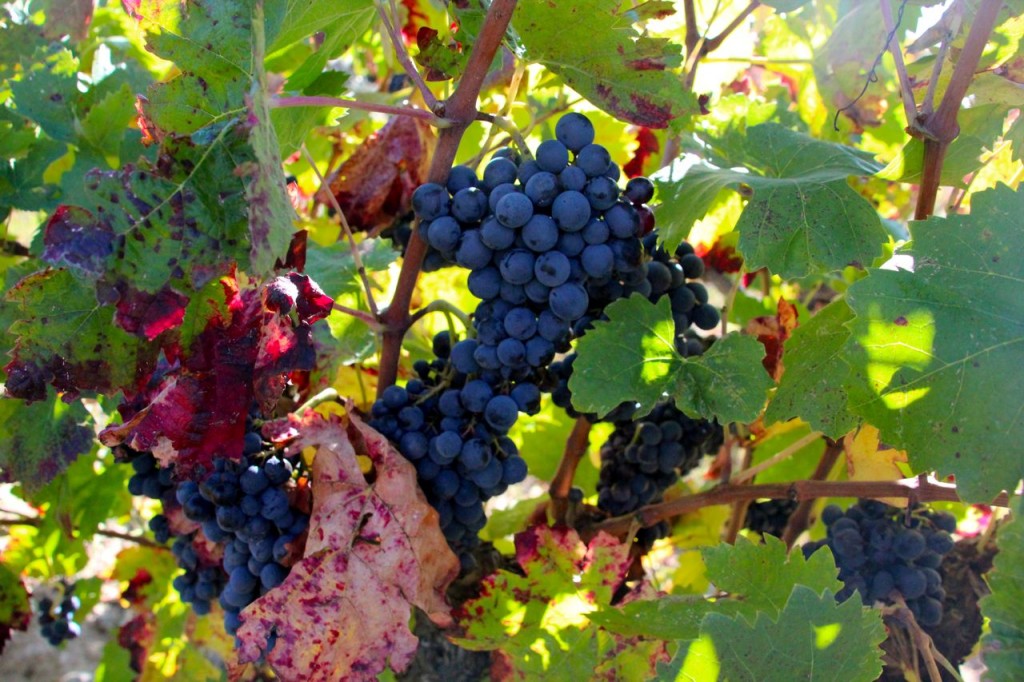
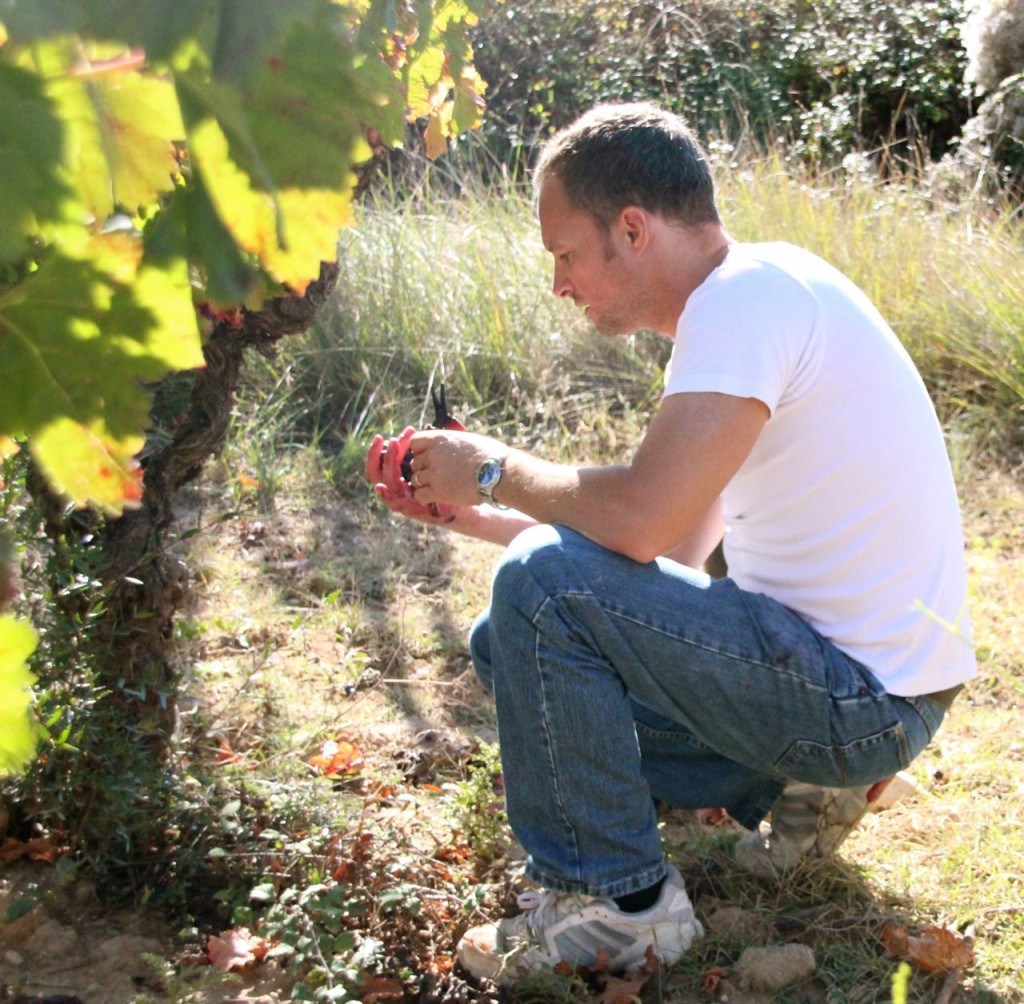
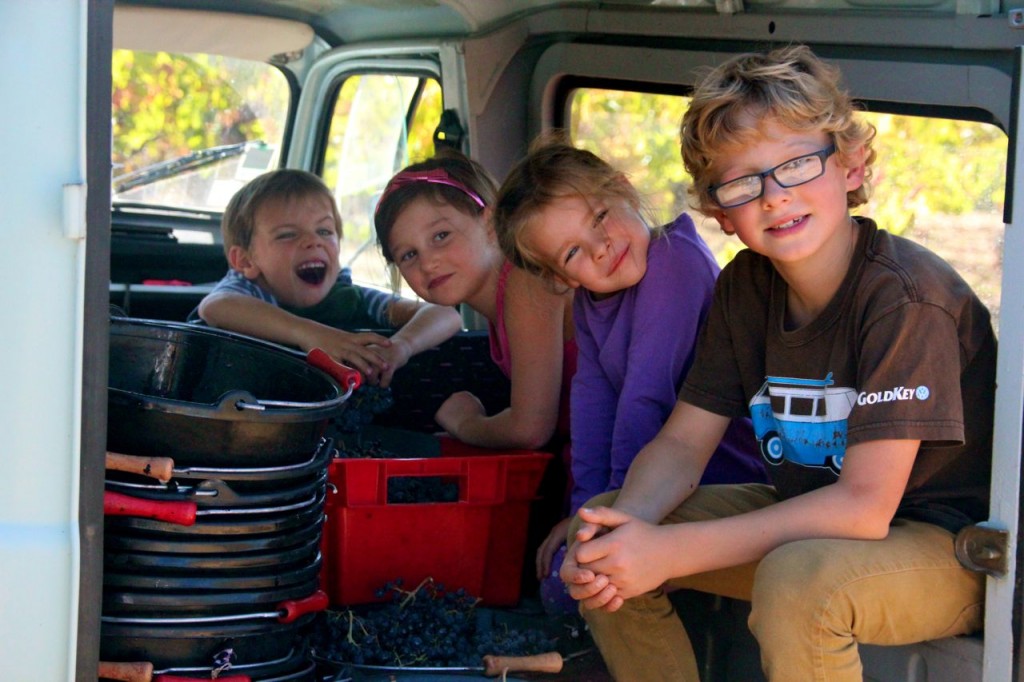
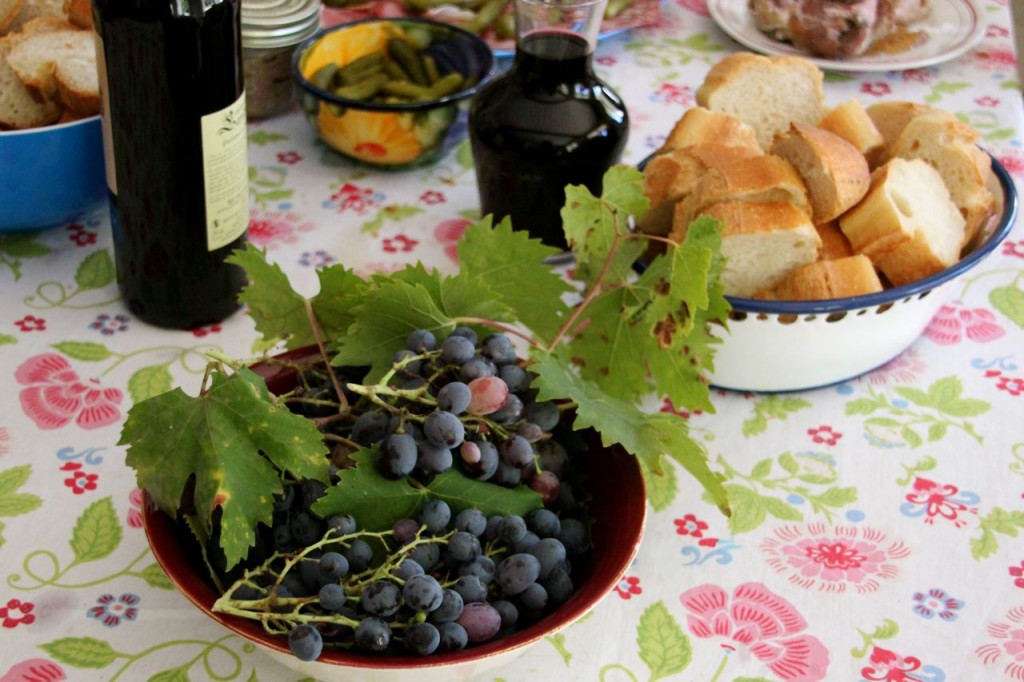
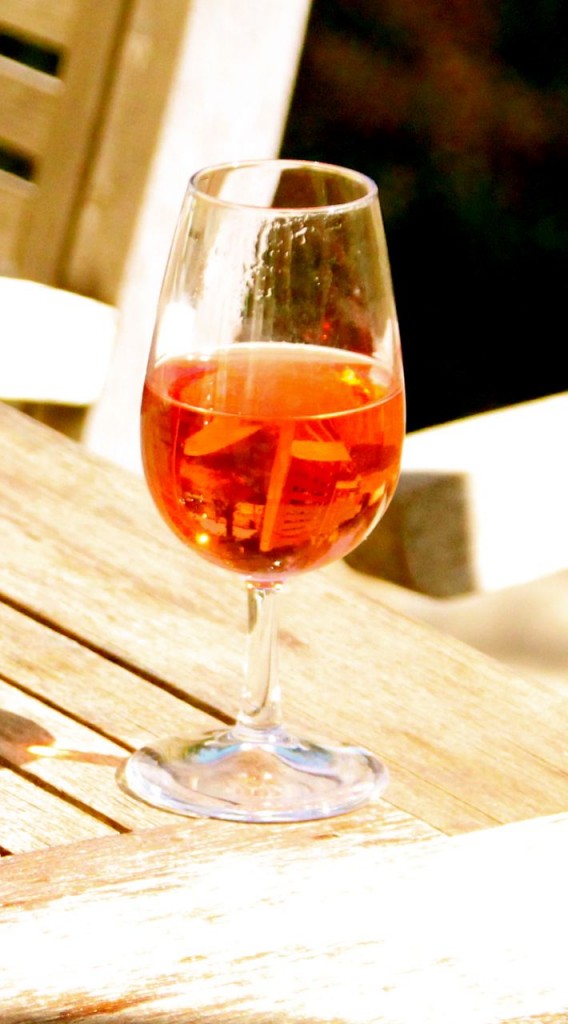
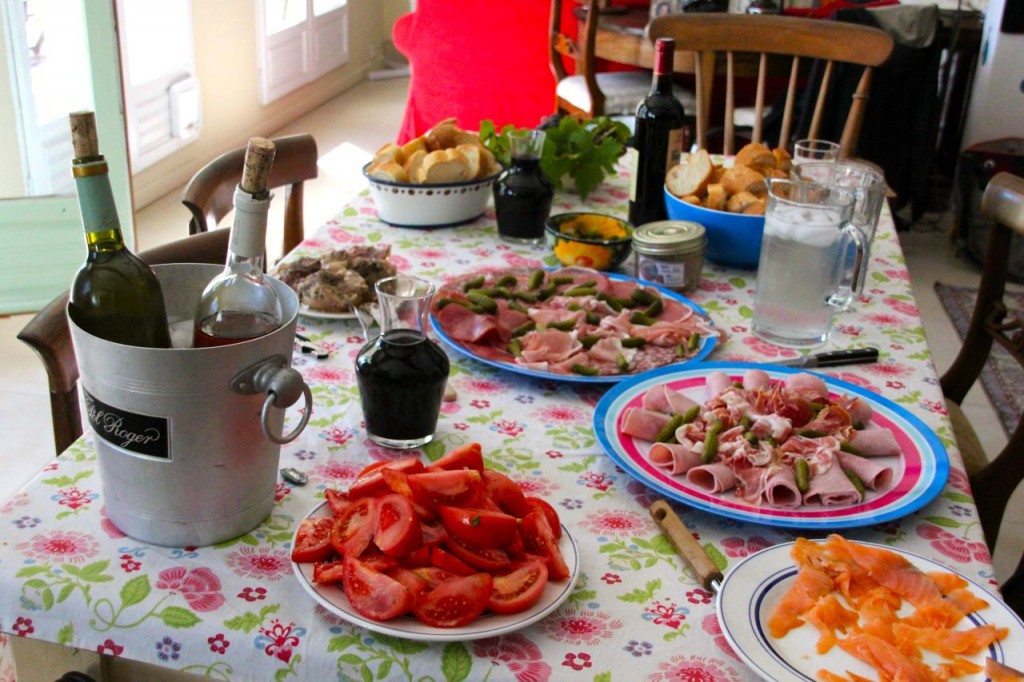
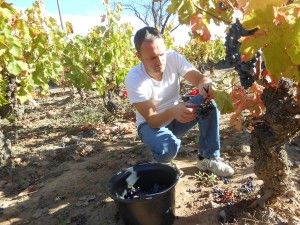
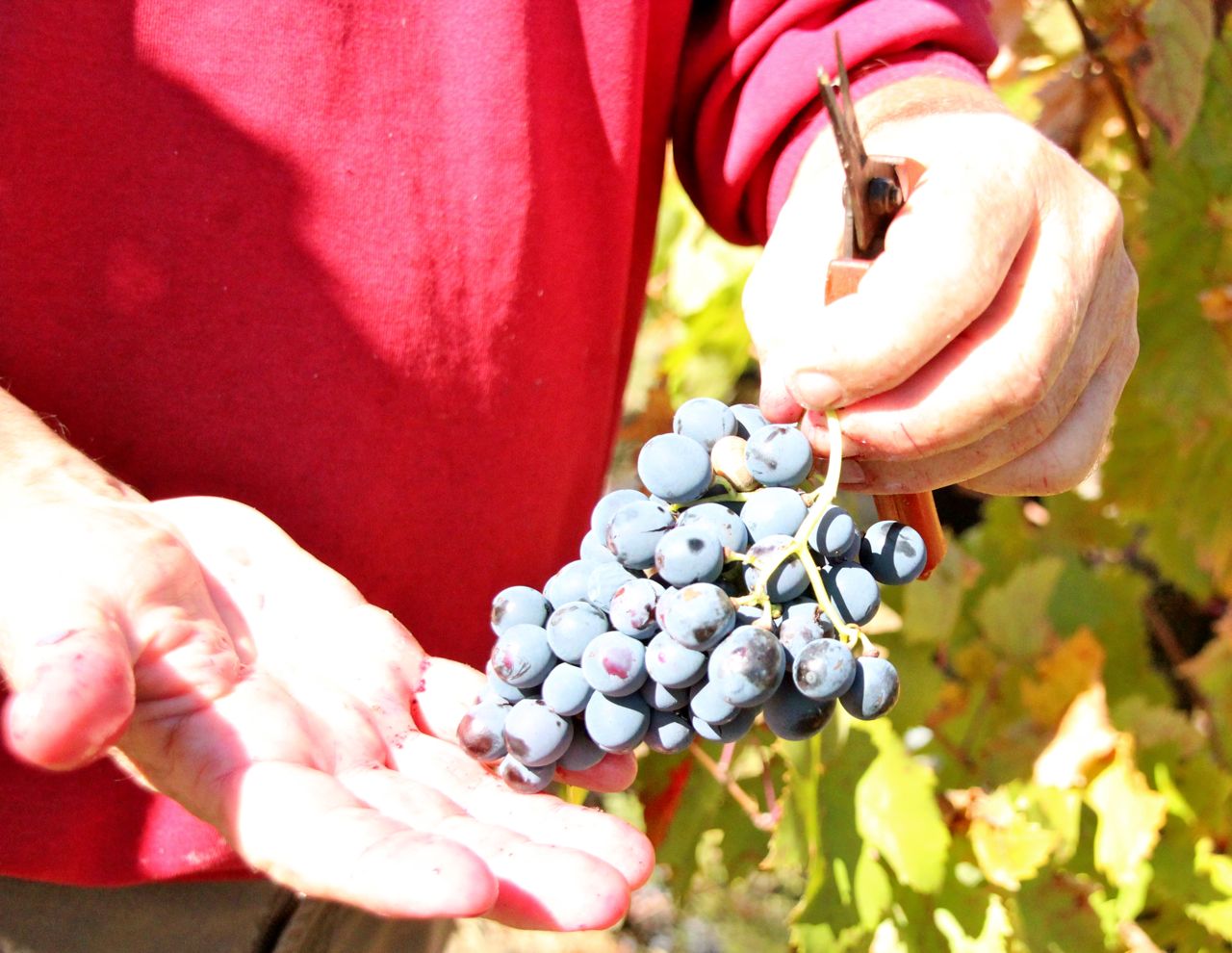





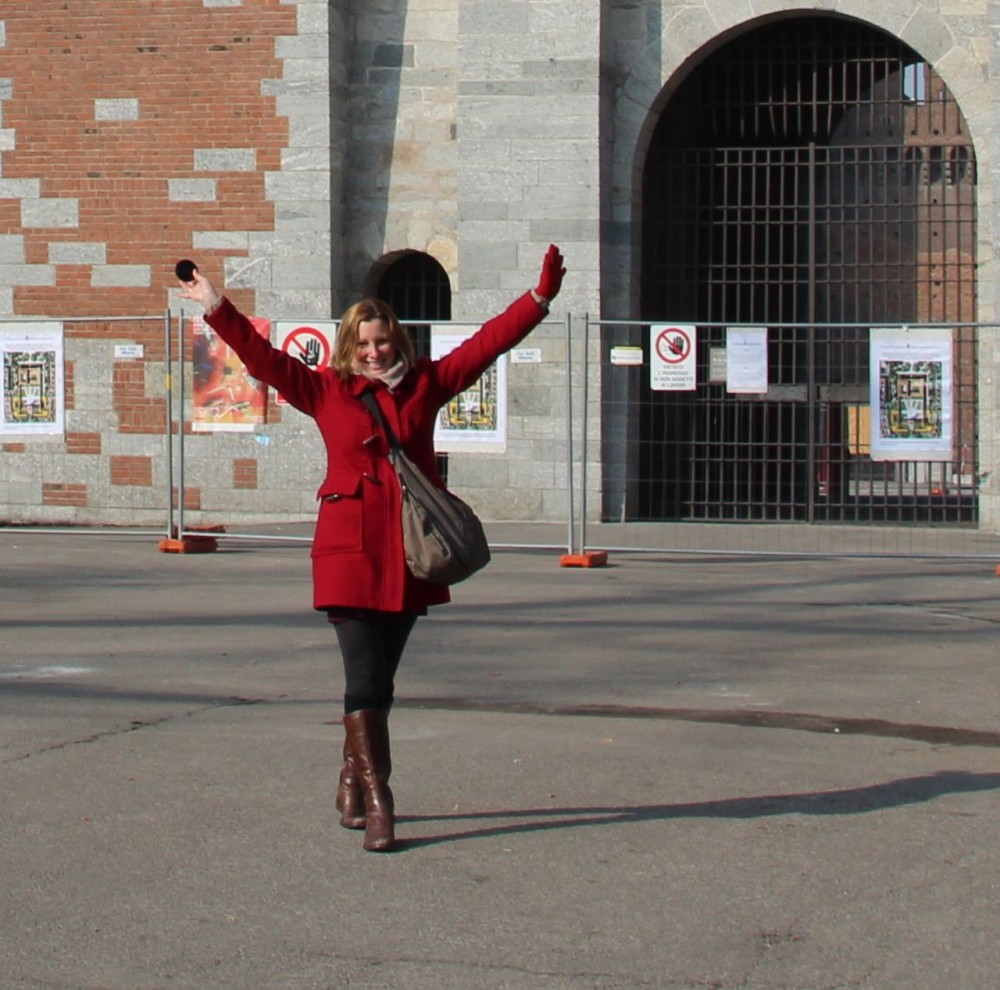




[…] Partake in a grape harvest […]
[…] Partake in a grape harvest […]